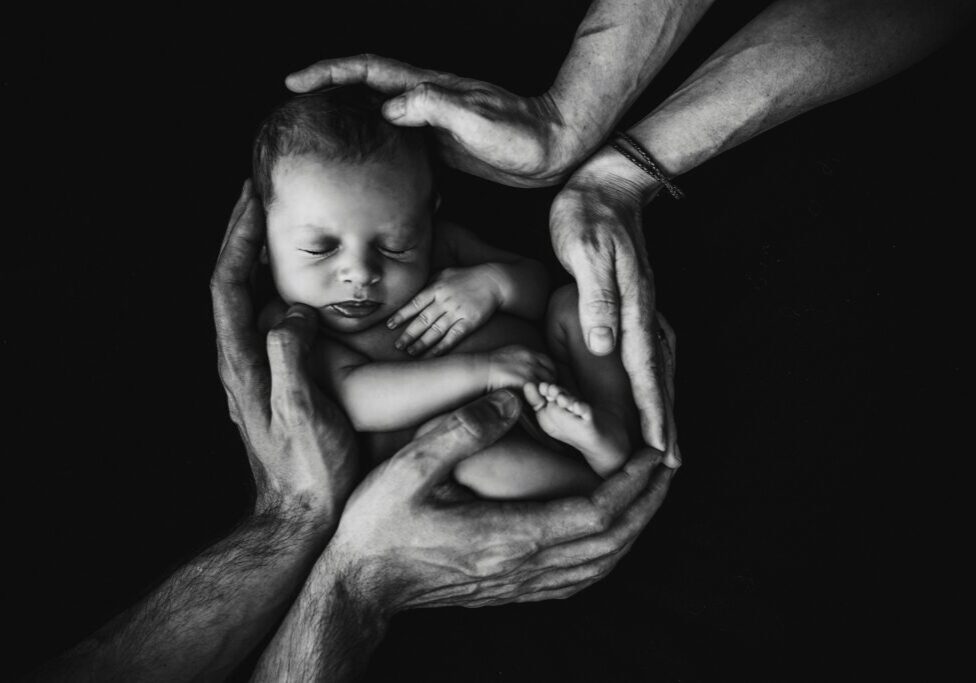
Safe Sleep Practices for Your Newborn
Bringing your newborn into the world is a momentous occasion filled with joy, but it also entails the responsibility of ensuring their safety and well-being, especially during sleep. As new parents, you may have questions and concerns about the best practices for ensuring your baby sleeps soundly and securely. In this comprehensive guide, we will explore safe sleep practices for newborns, grounded in the American Academy of Pediatrics (AAP) recommendations while providing you with factual, unbiased, and informative guidance to navigate this important aspect of parenting.
Why follow AAP guidelines
At Elite Postpartum Doulas, we pride ourselves on unbiased, individualized care while also staying current and following all updated safety guidelines to ensure your little one is safe. The AAP guidelines are the American gold standard for all things infant safety. ”
Understanding the AAP Guidelines
The American Academy of Pediatrics (AAP) is a trusted source of guidance for pediatric healthcare, including safe sleep practices for newborns. Their guidelines rely on extensive research and aim to reduce the risk of Sudden Infant Death Syndrome (SIDS) and other sleep-related infant deaths. Let’s delve into these guidelines:
AAP recommendations
Back to Sleep, Tummy to Play
One of the fundamental principles endorsed by the AAP is placing your newborn on their back to sleep for all sleep times, including naps. This sleep position significantly reduces the risk of SIDS. While supervised tummy time is crucial for your baby’s development, it should occur while your baby is awake and under your close supervision.
Use a Firm Sleep Surface
Creating a safe sleep environment for your baby starts with using a firm and flat sleep surface, such as a crib mattress covered with a fitted sheet. It’s important to avoid placing your baby on soft surfaces like couches, armchairs, or adult beds, as these can pose suffocation hazards.
Room Sharing, Not Bed Sharing
The AAP recommends room-sharing with your newborn for the first six months to a year of life but emphasizes against bed-sharing. Keeping your baby’s sleep area in your room close to your bed is a great way to monitor and attend to your baby’s needs while ensuring they have their separate sleep space, like a crib or bassinet.
Avoid Soft Bedding and Objects
To create a safe sleep environment, remove all soft bedding, including bumper pads, pillows, and stuffed animals, from your baby’s sleep area. These items can pose suffocation risks. Instead, dress your baby in a sleep sack or one-piece sleeper to keep them warm without the need for blankets.
Breastfeeding and Safe Sleep
The AAP encourages breastfeeding as the best infant feeding method. However, it’s essential to follow safe sleep practices even if you breastfeed. After breastfeeding, place your baby back on their back in their separate sleep space.
Pacifiers and Safe Sleep
Surprisingly, research has shown that using a pacifier during naps and bedtime reduces the risk of SIDS. If you are breastfeeding your baby, it’s a good idea to wait until breastfeeding becomes well-established. This is typically around three to four weeks before introducing a pacifier.
Creating the Ideal Sleep Environment
In addition to following the AAP guidelines, there are several other steps you can take to create an ideal sleep environment:
- Maintain a comfortable room temperature, ideally between 68-72°F (20-22°C), to prevent overheating.
- Ensure the room is well-ventilated, and consider using a fan for air circulation.
- Use a sleep sack or wearable blanket instead of loose blankets to keep your baby warm.
- Keep your baby’s sleep space free from cords, wires, and curtains to prevent entanglement hazards.
- Regularly check your baby’s crib or bassinet for safety, ensuring all components are secure and in good condition.
Sourcing the AAP Guidelines
We’ve provided you with an overview of the AAP’s safe sleep guidelines to help you create a secure sleep environment for your newborn. For a more in-depth understanding and detailed recommendations, we encourage you to visit the official AAP website or consult with your pediatrician. The AAP’s commitment to evidence-based guidelines ensures that you have access to the most up-to-date and trusted information to safeguard your baby’s sleep.
At Elite Postpartum Doulas, we understand that parenthood is a journey filled with love and responsibility. We hope this comprehensive guide has equipped you with the knowledge and confidence to ensure your newborn’s safe and restful sleep. If you have any questions or need further guidance, please don’t hesitate to reach out to us. Your baby’s safety and comfort are our top priorities.
Remember, while these guidelines are considered essential, each baby is unique. Always consult your pediatrician and follow their advice to ensure your baby’s needs are met. Sleep well, little one!
Thank you for reading this weeks’ blog, ” Safe sleep practives for your newborn.” For more tips and tricks on all things pregnancy, postpartum, and parenthood, click here!
